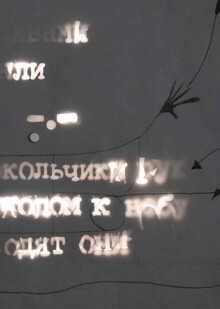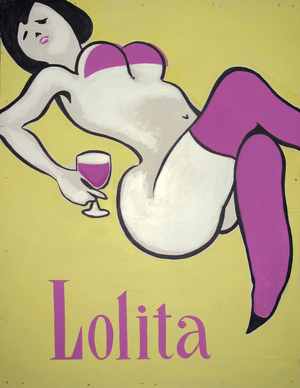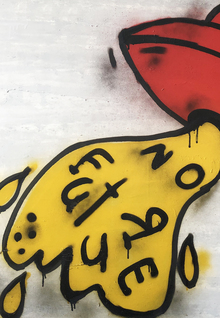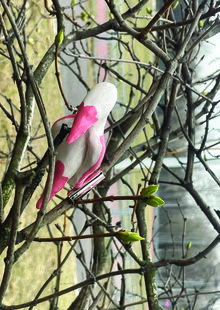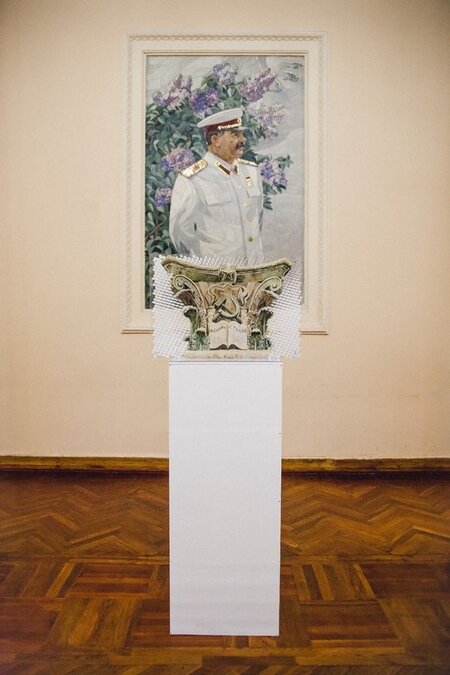
CAPITAL (2014)
Volgograd is a city with an amazing and sometimes difficult to explain memory economy. The city, turned into one huge open-air museum and memorial, is characterized by cultural amnesia and a lack of cultural continuity. Events that are only some 20 or 30 years distant from us irrevocably go into the realm of oblivion and temporary indistinguishability, awaiting new actualization.
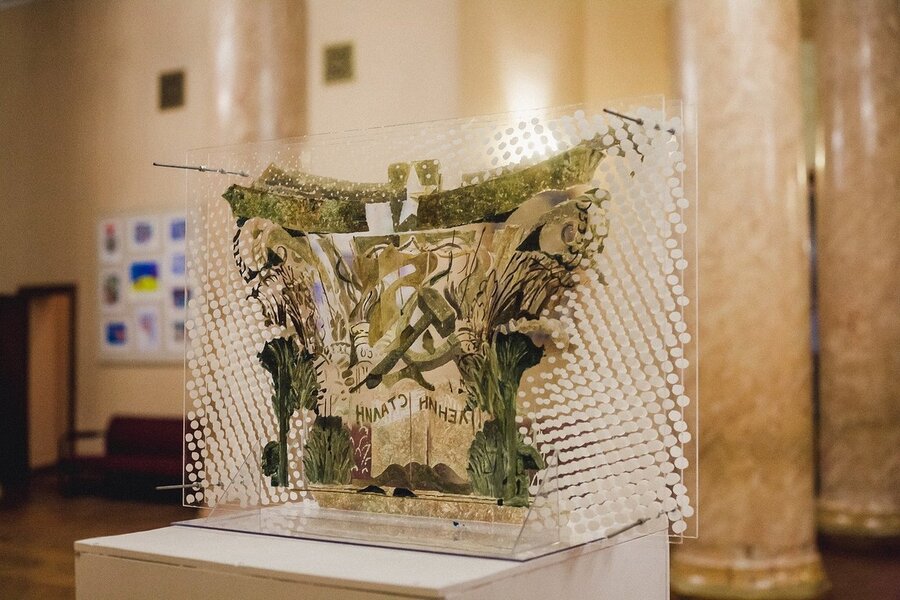
After the 20th Congress of the CPSU in Volgograd, a large-scale «policy of oblivion» began: the monument to Stalin on the Square of Fallen Fighters was dismantled, and his monument on the Volga-Don Canal was replaced by a statue of Lenin. Above the entrance to the medical university, the fourth bas-relief with a Stalin portrait was knocked down, and on the open books in the capitals of the university, a void appeared on the right page — the name of the Generalissimo was covered with cement.
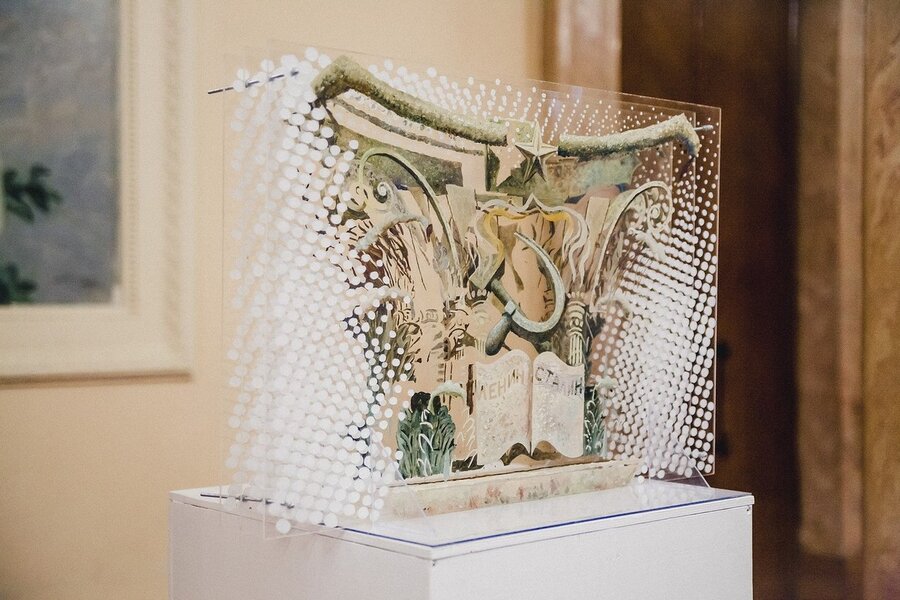
On the wall of the Planetarium in front of the entrance we find another knocked down bas-relief of Stalin. These gaps in urban space are much more eloquent than presences. Emptiness, as a technology of oblivion, finds a direct correspondence in the culture of Ancient Egypt with its iconoclasm — the destruction of the names and images of the hated pharaohs.
The work by Vladimir Potapov, created specifically for the Decade of Public Art, is executed on the surface of plexiglass and requires constant visual tension and careful accommodation of the gaze: from one point the work is figurative and iconographic, but from the other it breaks up into almost abstract planes and color spots.
An object, as an illustration of a quantum superposition, simultaneously contains both an image and its negation.
The work by Vladimir Potapov, created specifically for the Decade of Public Art, is executed on the surface of plexiglass and requires constant visual tension and careful accommodation of the gaze: from one point the work is figurative and iconographic, but from the other it breaks up into almost abstract planes and color spots. An object, as an illustration of a quantum superposition, simultaneously contains both an image and its negation.
The context for the perception of the work will be a mosaic portrait of Stalin made of semi-precious Ural stones, rediscovered for visitors to the Planetarium to view 36 years after complete oblivion. If in this case the return of the image presupposes, for the most part, its aesthetic perception, then the work of Vladimir Potapov slightly opens the Pandora’s box of the ethical.
«Capital» is a timely work about the re-actualization of the figure of a political leader who unites in his hands all the power, and a bold statement about the manipulation of historical memory. The double-layered image, like a time capsule, conceals political fantasies that we are uncomfortable admitting.
